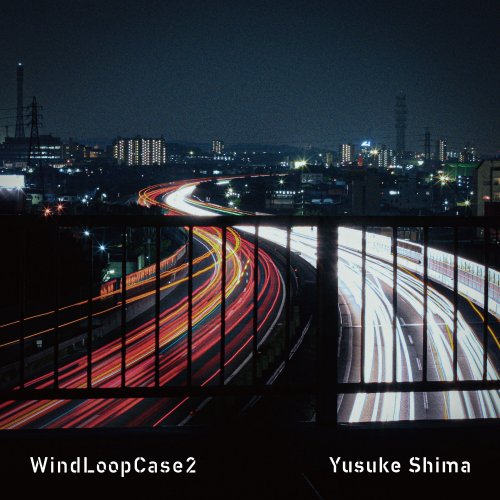Helen Callus - Lament Amid Silence: The Lament Cycle and Meditations (2012)
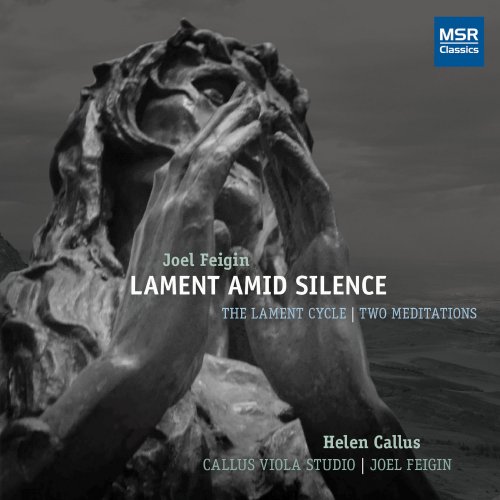
Artist: Helen Callus
Title: Lament Amid Silence: The Lament Cycle and Meditations
Year Of Release: 2012
Label: MSR Classics
Genre: Classical
Quality: FLAC (tracks)
Total Time: 53:52
Total Size: 202 Mb
WebSite: Album Preview
Tracklist: Title: Lament Amid Silence: The Lament Cycle and Meditations
Year Of Release: 2012
Label: MSR Classics
Genre: Classical
Quality: FLAC (tracks)
Total Time: 53:52
Total Size: 202 Mb
WebSite: Album Preview
Part One
1. Lament (For Solo Viola) 15:38
2. Meditation One (For Piano) 5:11
3. Ghosts (For 6 Violas) 11:53
Part Two
4. Meditation Two (For Piano) 4:29
5. Lament With Ghosts (For 7 Violas) 16:41
Personnel:
Helen Callus, viola
Callus Viola Studio
Joel Feigin, piano
Lament is universal. We find it everywhere all that lives dies. Amid lament, there is silence; within silence, there is lament. Silence is also universal encompassing everything when all is gone, silence remains. All that is, changes what we love, we will lose.
Within silence, there is more than lament: there is joy, there is peace, there is love. But they all change, as does lament.
Lament Amid Silence is one work consisting of a compilation of two separate works from very different periods of my life: the second and fourth movements derive from the piano cycle, Four Meditations from Dogen (1993), while the remaining three pieces form the Lament Cycle for seven violas (2006-2007).
The piano pieces originated in 1987 as music for the video, Mountains and Rivers, based on the Mountains and Rivers Sutra of Dogen Zenji, the great 13th century teacher who introduced Soto Zen to Japan. The videography is by my first Zen teacher, John Daido Loori Roshi, abbot of Zen Mountain Monastery in Mount Tremper, New York, who asked me to write music for the video. I did this in collaboration with Daniel Palkowski, who created the electronic elements, while I wrote for keyboard and two sopranos. In 1993, I transformed some of this music into Four Meditations from Dogen, a set of concert-pieces for piano.
The Lament Cycle is an inter-related group of three works inspired by the wonderful playing of Professor Helen Callus and her viola studio at the University of California, Santa Barbara. The cycle consists of Lament for solo viola, Ghosts for six violas, and Lament with Ghosts, in which the solo and ensemble pieces are played simultaneously, creating a concerto for viola accompanied by a consort of six violas. What has been termed modular composition is used here to create a cycle of works featuring a master teacher and her studio. In my mind, this technique is simply an extreme extension of the ideal of creating works in which every facet is interwoven and complete, able to stand on its own. This method is associated with the work of John Cage, and all these works feature extensive use of silence, making the modular technique possible on a large scale. Ghosts is the most radical of these works in its use of silence, since it is designed to serve not only as an independent piece, but also as the accompaniment of a concerto-like work including extended passages for the solo viola alone. Precisely because these works share so much of the same material, they are not designed to be heard in immediate succession. It is possible to include them as parts of one larger cycle only because of their juxtaposition with two drastically contrasted pieces from the piano cycle Four Meditations from Dogen, here simply called Meditation One and Meditation Two. These five works, together, do indeed form one large piece in two parts: the first three sections--Lament, Meditation No. 1, and Ghosts--form the first part; and the last two sections Meditation No.2 and Lament with Ghosts--form the second part.
Within silence, there is more than lament: there is joy, there is peace, there is love. But they all change, as does lament.
Lament Amid Silence is one work consisting of a compilation of two separate works from very different periods of my life: the second and fourth movements derive from the piano cycle, Four Meditations from Dogen (1993), while the remaining three pieces form the Lament Cycle for seven violas (2006-2007).
The piano pieces originated in 1987 as music for the video, Mountains and Rivers, based on the Mountains and Rivers Sutra of Dogen Zenji, the great 13th century teacher who introduced Soto Zen to Japan. The videography is by my first Zen teacher, John Daido Loori Roshi, abbot of Zen Mountain Monastery in Mount Tremper, New York, who asked me to write music for the video. I did this in collaboration with Daniel Palkowski, who created the electronic elements, while I wrote for keyboard and two sopranos. In 1993, I transformed some of this music into Four Meditations from Dogen, a set of concert-pieces for piano.
The Lament Cycle is an inter-related group of three works inspired by the wonderful playing of Professor Helen Callus and her viola studio at the University of California, Santa Barbara. The cycle consists of Lament for solo viola, Ghosts for six violas, and Lament with Ghosts, in which the solo and ensemble pieces are played simultaneously, creating a concerto for viola accompanied by a consort of six violas. What has been termed modular composition is used here to create a cycle of works featuring a master teacher and her studio. In my mind, this technique is simply an extreme extension of the ideal of creating works in which every facet is interwoven and complete, able to stand on its own. This method is associated with the work of John Cage, and all these works feature extensive use of silence, making the modular technique possible on a large scale. Ghosts is the most radical of these works in its use of silence, since it is designed to serve not only as an independent piece, but also as the accompaniment of a concerto-like work including extended passages for the solo viola alone. Precisely because these works share so much of the same material, they are not designed to be heard in immediate succession. It is possible to include them as parts of one larger cycle only because of their juxtaposition with two drastically contrasted pieces from the piano cycle Four Meditations from Dogen, here simply called Meditation One and Meditation Two. These five works, together, do indeed form one large piece in two parts: the first three sections--Lament, Meditation No. 1, and Ghosts--form the first part; and the last two sections Meditation No.2 and Lament with Ghosts--form the second part.
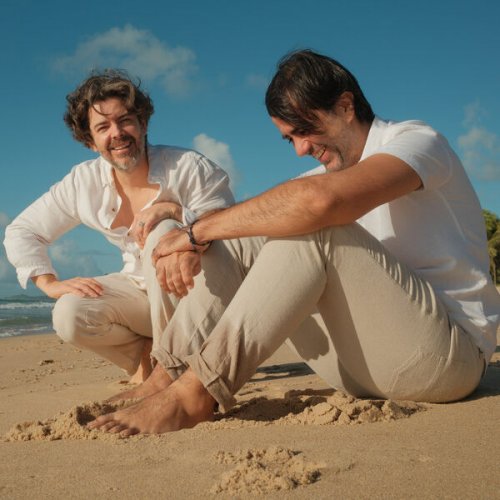
![Dave Bainbridge - ON THE EDGE (OF WHAT COULD BE) (2025) [Hi-Res] Dave Bainbridge - ON THE EDGE (OF WHAT COULD BE) (2025) [Hi-Res]](https://img.israbox.com/img/2025-12/18/7l4en830rpyaxdtr7izc3qrx6.jpg)
![Clifton Chenier - Live (1972) [Hi-Res] Clifton Chenier - Live (1972) [Hi-Res]](https://img.israbox.com/img/2025-12/20/ho8gau8m3me6gvkdop8e21lq3.jpg)
![Frank Sinatra, Count Basie - It Might As Well Be Swing (1964) [2021 SACD] Frank Sinatra, Count Basie - It Might As Well Be Swing (1964) [2021 SACD]](https://www.dibpic.com/uploads/posts/2025-12/1766090910_scan-1.jpeg)
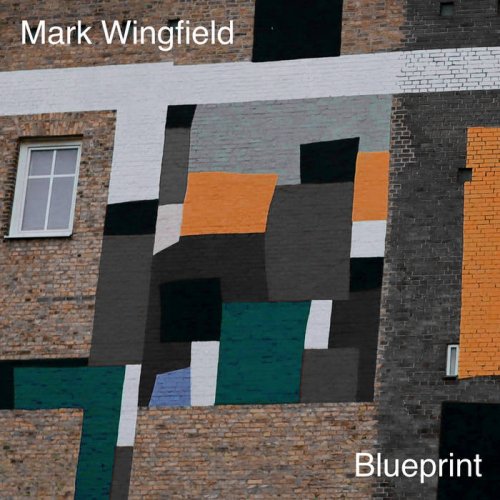
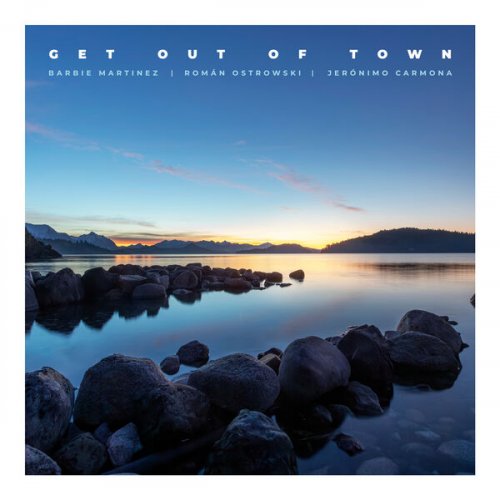

![Xavi Torres - Amsterdam Magic (2025) [Hi-Res] Xavi Torres - Amsterdam Magic (2025) [Hi-Res]](https://www.dibpic.com/uploads/posts/2025-12/1766061682_cover.jpg)
